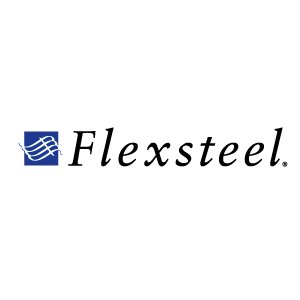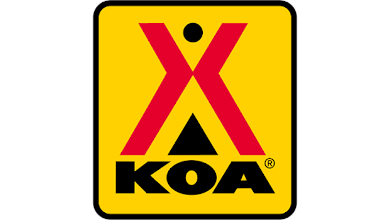Flexsteel Reports Slight Decrease in Q4

Flexsteel Industries has reported its fourth quarter and fiscal year-to-date financial results, showing net sales were $113.1 million, down 3.7 percent to prior year quarter inclusive of a $4.4 million year-to-date adjustment recorded in the fourth quarter.
The residential 3.5 percent decrease within the quarter was a result of high single-digit sales growth in furniture sold to retail offset by a 37 percent sales decline in products sold to e-commerce customers and a $4.2 million adjustment.
The sales decline to e-commerce customers in the quarter was primarily driven by the transition to the new business information system. One legacy system is now retired. The sales growth to retail customers was driven by higher-priced product mix in addition to pricing actions taken earlier in the year to offset increased raw materials costs.
Net sales were $489.2 million for the twelve months ended June 30, an increase of 4.4 percent over the previous year. The year included an all-time record quarter for net sales in the second quarter followed by a record third quarter. This result was primarily driven by high single-digit growth in residential products sold to furniture retailers, and greater than 20 percent growth in contract products targeting the recreational and hospitality markets. These successes in the year were partially offset by a 13 percent decline in sales to e-commerce customers, primarily driven by product placement disruption and the new business information system transition.
Gross margin as a percent of net sales for the quarter was 15.1 percent, compared to 22.8 percent for the prior year quarter. For the twelve months, gross margin as a percent of net sales was 20.1 percent, compared to 23.2 percent for the prior year period.
To bolster the company’s success attracting and retaining skilled workers in highly competitive labor markets, during the fiscal second and third quarters of this year the company changed its compensation approach for the US-based manufacturing workforce.
As this modified compensation structure was implemented, the company experienced declines in productivity. The company is working to return to productivity levels realized before the compensation structure changes. Long term, the company expects these changes to result in skilled workforce attraction and retention, reduced turnover and training costs, and continued improvement in quality and productivity to support the long-term growth of the company. The company’s Juarez, Mexico, facility contracted employee wage rates also increased significantly due to Mexican government mandated wage increases.
For the twelve months ended June 30, capital expenditures were $29.4 million, including $12.6 million invested to upgrade the business information system and $13.8 million for the construction of a new manufacturing facility.


